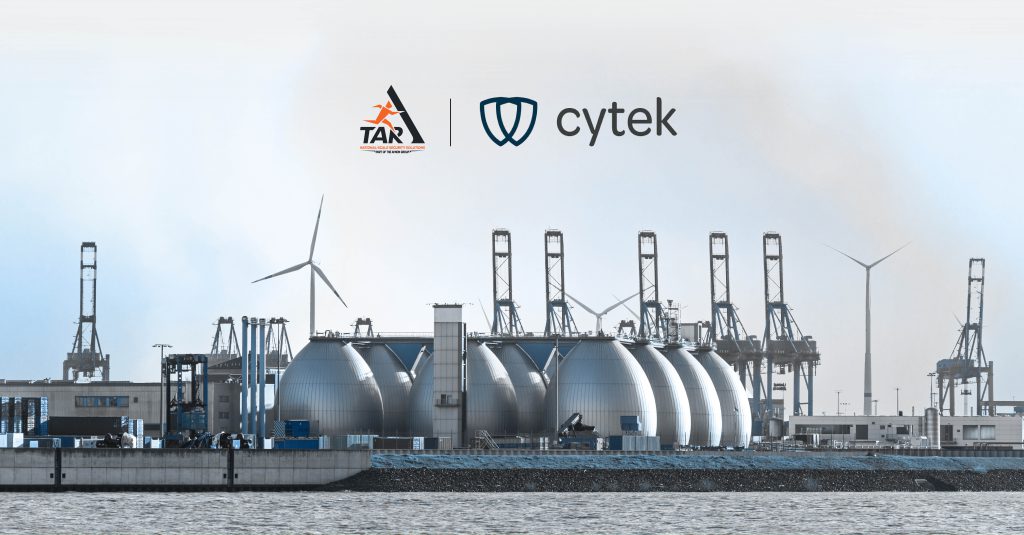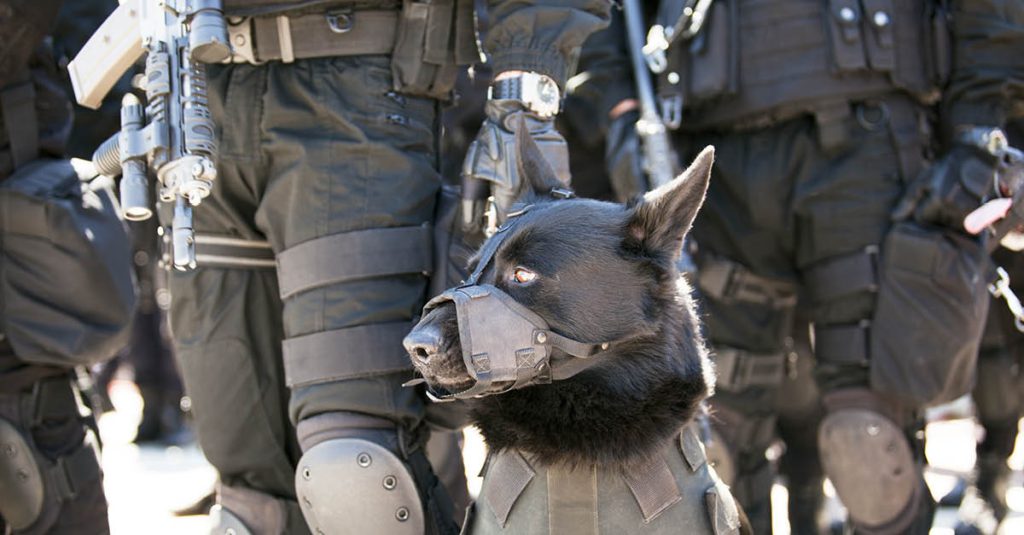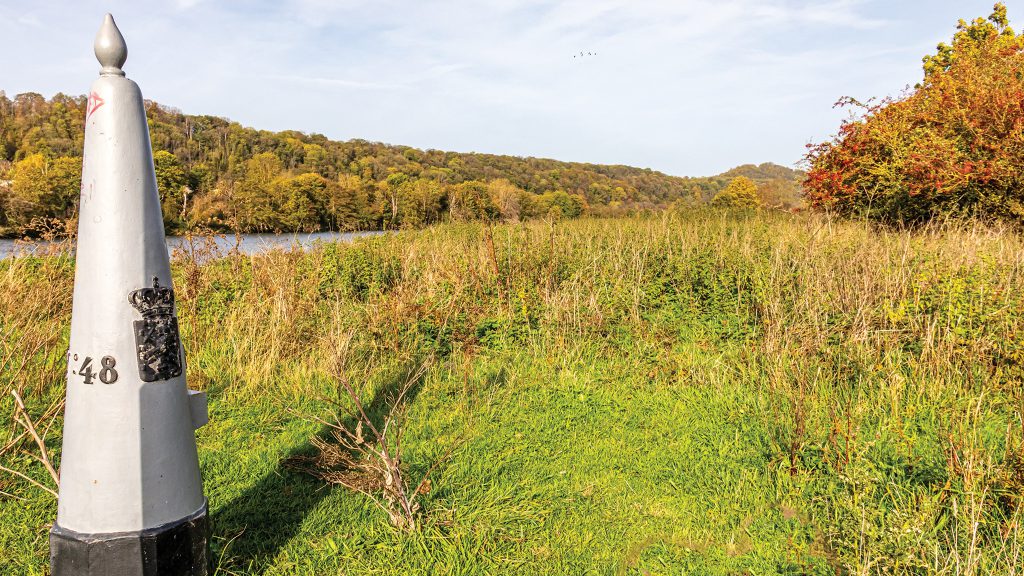New improved landmines used by NSAGs (Non-State Armed Groups), an increase in civilian casualties, and a decrease in mine action assistance around the world – these are the current obstacles in reaching the goal of a mine-free world, according to Landmine Monitor 2020.
For the fifth consecutive year of armed conflict, ERWs (Explosive Remnants of War) and improvised mines were the cause for large numbers of civilian casualties. In 2019, there were 5,554 casualties recorded, 80% of which were civilians, with children accounting for half of that number. These dramatic figures follow the 2013 all-time low in new landmine civilian casualties. The Mine Ban Treaty, adopted in 1997, includes 164 countries, with the remaining 33 countries mostly complying with its regulations.
Between mid-2019 and October 2020, Myanmar was the only country known to have used AP (anti-personnel) landmines, and thirty-three States Parties known to have AP mines in their territory. The latter were given respective deadlines for clearing contaminated areas from said mines, with 8 of them requesting extensions in 2020. In 2019, States Parties destroyed more than 269,000 stockpiled anti-personnel mines, totalling the number of AP mines destroyed so far to over 55 million.
THE EVOLVING IED/EOD THREAT
The threat of Explosive Improvised / Ordnance Devices (EOD/IED) has become widespread, causing an immense challenge to Law Enforcement, Military and Bomb Disposal Units tasked with protecting civilians and swiftly disposing of explosive devices with minimal risk to human life. Bomb disposal units, working in extreme and harsh environments, must rapidly identify potential explosive threats and are responsible for their safe removal, secured transport, storage or disposal.
At the same time, professional bomb disposal units operate in a complex and challenging threats landscape. The units’ need to rapidly respond and manage life-threatening events requires a flexible yet effective mode of operation, ensuring the highest level of operational readiness and the ability to operate quickly with maximum protection and minimum risk to human life or property.

COMPLEX ENVIRONMENT, MULTIPLE CHALLENGES
TAR is joining the global effort of mine clearance and Unexploded Ordnance (UXO) disposal, and these days completing the delivery of a comprehensive EOD&UXO solution in a Western-Asian country. Following a detailed survey and analysis, an advanced solution was designed and implemented, incorporating customised components to meet the multiple challenges that characterise the area.
Dani Gnatiuk, TAR’s Head of Sales in Euro-Asia, explains:
“The survey we conducted revealed a diverse operational environment, with a complex, challenging and dynamic terrain that combines both open and populated areas – each requires a unique method and concept of operation. One of the biggest challenges was the versatility of the types of mines and UXO’s (including anti-tank and anti-personnel land mines), topography and on & under the surface. We took all of these factors into account during the analysis, and the designed solution addressed each of them by adapting the most advanced mine clearance technologies and means that ensured minimal risk to the environment, and more importantly – to human lives”.
Over the years, TAR has delivered integrated IED/EOD solutions, providing De-mining units with advanced technology, equipment and operational methodology. TAR’s solution incorporates design, planning and integration of a wide range of sub-systems, tactical equipment and tools for all aspects of explosive ordnance disposal to ensure that bomb disposal units are fully prepared for the most challenging scenarios. Learn more about TAR’s IED/EOD Solution






